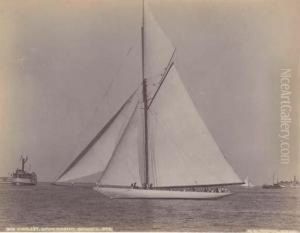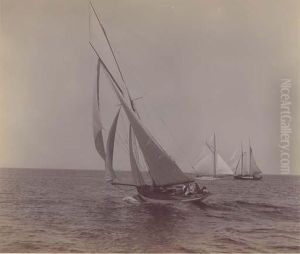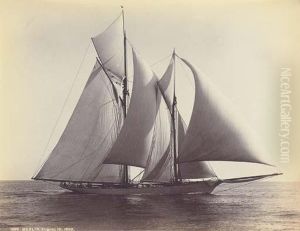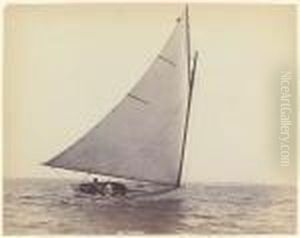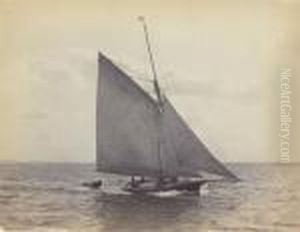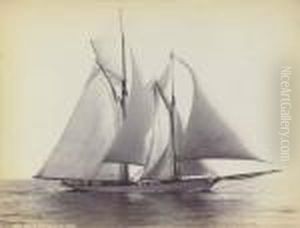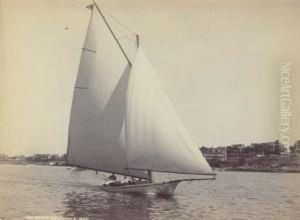Henry C. Peabody Paintings
Henry C. Peabody was a notable American photographer, particularly recognized for his contributions to the early development of nature and landscape photography. Born in 1855, Peabody's career spanned a period of significant change in the art and technology of photography, allowing him to explore and refine various techniques over the decades.
Peabody was part of the pictorialist movement, a genre of photography that emphasized beauty of subject matter, tonality, and composition rather than documenting reality. This movement sought to elevate photography to the status of fine art. During his career, Peabody became known for his serene and evocative images of the American landscape, capturing the untouched and majestic aspects of nature from the East Coast to the more rugged terrains of the West.
He was an active member of several photographic societies, including the Camera Club of New York and the American Lantern Slide Exchange, which played a crucial role in the dissemination of photographic art and technique in the late 19th and early 20th centuries. Through these affiliations, Peabody was able to exhibit his work widely, both in the United States and abroad, helping to establish his reputation as a leading figure in American photography.
Despite his contributions and the recognition he received during his lifetime, Henry C. Peabody's work, like that of many early photographers, has been somewhat overshadowed by later developments in photography and changes in artistic tastes. Nonetheless, his photographs remain an important part of the history of American art, offering insight into the aesthetic and technological shifts of his time. Peabody passed away in 1951, leaving behind a legacy that continues to be studied and appreciated by art historians and photography enthusiasts alike.
